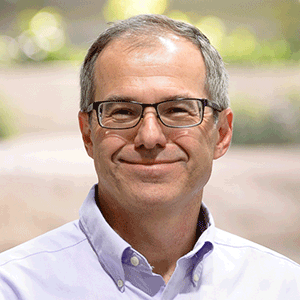My team studies supercomputing for the analysis and visualization of scientific data. Our strategy is to develop scalable software infrastructure, to build scalable algorithms on this foundation, and to engage with applications to drive further development. In this talk, I’ll present a high-level overview of these topics before diving into one research area in detail: implicit continuous representations of scientific data.

Implicit continuous representations redefine scientific datasets by converting raw discrete data in a continuous form, which can be geometric or neural in nature. In the former case, we will discuss multivariate functional approximation, a hypervolume of piecewise-continuous polynomial functions to fit the data. In the latter case, implicit neural representations are used. In both cases, the model can represent numerous types of data because it is agnostic to the mesh, field, or discretization of the input dataset. Compared with existing discrete data models, an implicit continuous model can enable many spatiotemporal analyses, without converting the entire dataset back to the original discrete form. Post hoc, the model enables analytical closed-form evaluation of points, derivatives, and integrals, to high order, anywhere inside the domain, without being limited to the locations of the input data points.
The talk will conclude with a look at our current work in rewriting visualization and analysis algorithms to extract features and render visualizations directly from the new model representations.
Tom Peterka is a computer scientist at Argonne National Laboratory, scientist at the University of Chicago Consortium for Advanced Science and Engineering (CASE), and fellow of the Northwestern Argonne Institute for Science and Engineering (NAISE). His research interests are large-scale parallel in situ analysis of scientific data. Recipient of the 2017 DOE early career award and five best paper awards, Peterka has published over 140 peer-reviewed articles and papers since earning his Ph.D. in computer science from the University of Illinois at Chicago in 2007.